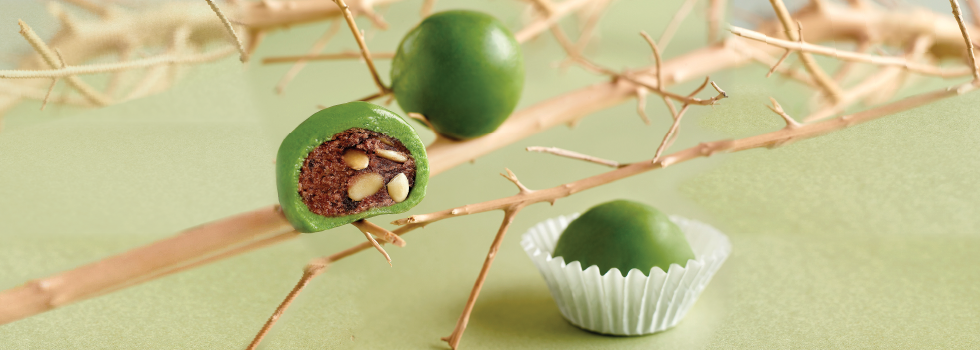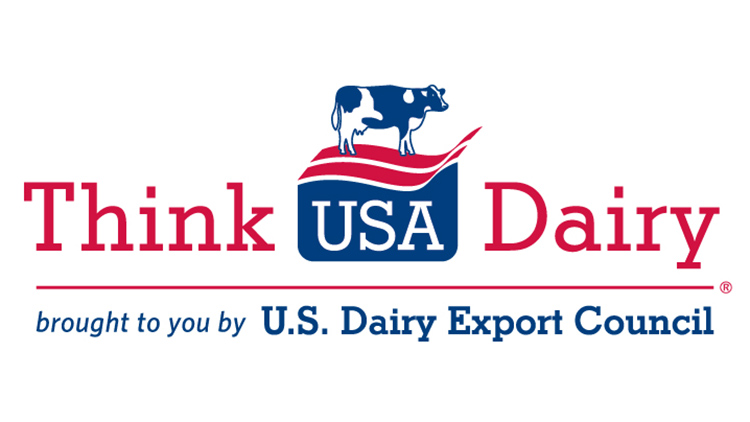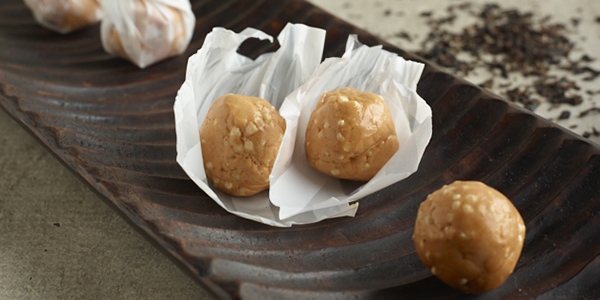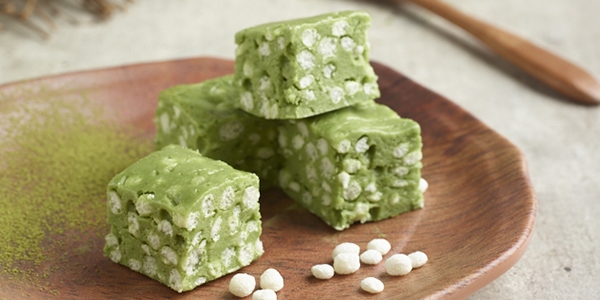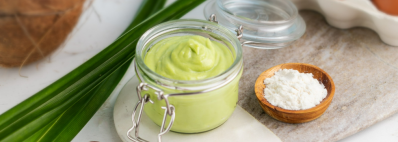Promotional Features
Dairy Protein snack studio powers customized southeast asia-friendly creations
Protein snack options have exploded in recent years in tandem with rising consumer interest in protein for health and wellness, extending far beyond sports nutrition bar products for athletes or fitness enthusiasts. Today’s protein snacks target mainstream consumers with a wide variety of flavors, formats and protein levels, filling important consumer lifestyle desires for grab-and-go convenient nutrition solutions and satiety-promoting, snack-attack satisfying delights.
Despite this evolution, Asia accounts for a small share of global protein snack sales, representing an innovation opportunity for the region’s food manufacturers to introduce protein snacks that cater to local consumers’ needs and desires. According to Euromonitor data, protein/energy bar sales in the Asia Pacific reached $739.3 million in 2020, a 10.1% increase over 2019. However, this accounted for just 12% of total global sales, and Japan alone accounted for three-quarters of regional sales.
A key growth constraint is the lack of distinctively Asia-friendly options, products beyond Western flavors like chocolate, peanut butter and caramel that would appeal to Asian consumers’ diverse taste and texture preferences and lifestyles. For protein snacks to achieve full potential in Asia as consumer health consciousness and awareness of protein benefits climbs, reimagining the protein experience with a fresh perspective is essential. This includes re-thinking flavors and formats and choosing the right ingredients, while remembering that taste remains king even when consumers seek out healthier options.
So, what is the winning formula to create the next hit protein snack product in Southeast Asia?
A new, online interactive Protein Snack Studio unveiled by the US Dairy Export Council (USDEC) begins answering that question. Created as an ideation spark, food formulators can explore a reimagined world of protein snack possibilities through designing a dairy protein snack dream creation that is uniquely their own. Users can experiment virtually, selecting their preferred protein snack shape (for example a ball, bar, or bite), personalizing it with their favorite flavors and ingredients, such as Thai milk tea, mango, and goji berry, and finishing it off with a sprinkling of healthful coatings. At the end of the dairy protein snack studio journey, users can download their custom creation and explore other local-friendly innovation opportunities powered with US dairy proteins.
Winning dairy protein snack innovation driven by imagination
As food companies look to seize the snackification trend and create winning protein snacks that appeal to Asian consumers, imagination is the first step to successfully develop exciting new products offering unique new taste and texture adventures. “Ingredients, flavors, inclusions, coatings, and even formats of protein snacks can all be tailored to seize protein growth prospects in Asia”, says Martin Teo, technical director, food applications for the USDEC, Singapore Ltd. “And, US dairy proteins offer formulators the canvas to deliciously and nutritiously satisfy consumer cravings, whether Asian or Western style, as well as their diverse dietary and wellness preferences and goals.”
With Euromonitor projecting an 8.6% compound annual growth rate (CAGR) in the protein/energy bar category Asia Pacific-wide for 2020-2025, including high growth in markets like China (26.3%), Korea (12.0%), Indonesia (9.8%), and Thailand (6.0%), manufacturers have an opportunity to unleash their creativity now and get ahead of the competition. The next truly imaginative hit protein snack is waiting to be discovered.
The Protein Snack Studio tool – with its Southeast Asian focus – is just the start. Formulators have a nearly infinite universe of flavor and texture options and combinations to explore Japanese, Chinese, Korean, and other Asia-friendly options. Additional formats for protein snacks can include gels, pastes, jellies, candy, nougat, clusters, cookies, chips and crackers, pudding, and even frozen desserts and ice cream. Protein levels in snacks can also be varied from a lower range of 4-15g to higher ranges of 20g or more, depending on the application. Products can and should also be tailored to the needs of specific consumer segments whether their interests are with sports performance and refueling, weight management, low-carb diets, a grab-and-go breakfast, a convenience snack, or healthy active aging.
Recent USDEC consumer research found that 98% of surveyed health-minded Singaporean and Thai consumers are thinking about healthy aging, but only 49% state they are well prepared for it. That represents a large intention-action gap, and an opportunity to develop protein snacks that help Southeast Asian consumers achieve their healthy aging goals. The same survey found that 80% of Singaporean and Thai consumers believe that protein enriched food is important for healthy aging, 61% want to increase their protein consumption, and 71% are actively looking for products with higher protein.
Protein selection matters for nutrition and functionality
Choosing the ideal protein ingredient is just as important as imagination for successful innovation in order to optimize taste and health. From a nutritional perspective, there is wide variation in the quality of different animal and plant based protein sources in terms of the amino acid composition and protein digestibility. Dairy protein ingredients are a complete and among the nutritionally highest quality protein sources available, as measured via both the Protein Digestibility Corrected Amino Acid Score (PDCAAS) and newer Digestible Indispensable Amino Acid Score (DIAAS) methods. Gram for gram, dairy proteins provide one of the highest concentrations of essential amino acids available and are the leading source of leucine which is essential to kick-start muscle protein synthesis.
Beyond nutrition, US dairy proteins deliver usage versatility, functionality and sensory advantages that help formulators develop on-trend protein-boosted snacks. Dairy proteins add high solubility, water-binding, gelation, thickening, foaming, emulsification, and flavor to formulations, characteristics that are advantageous for the creation of bars, bites, and gel applications. Whey protein concentrates and isolates are ideally suited for extruded as well as baked bars and bites, and their neutral flavor profile does not overpower other ingredients, fostering a better sensory experience. Whey and milk proteins are also used in a range of compound coatings and also available as extruded crisps to provide texture, flavor, and enhanced nutrition. Hydrolyzed whey proteins have also been shown to reduce bar hardening over time.
In contrast, most plant proteins are nutritionally lower quality proteins and less efficient at providing comparable amounts of essential amino acids. This means a larger quantity, and possibly a mixture, of protein sources may need to be used in protein snack formulations to obtain a similar amount of essential amino acids as dairy proteins. These required volumes could have nutrition and flavor implications for formulators, in turn, impacting a product’s ultimate cost and consumer appeal. For example, the addition of flavors, stabilizers, and masking agents may be needed to achieve consumer acceptance and impact the ingredient label.
Resources and services to accelerate innovation success
In addition to interactive tools like the Protein Snack Studio, food formulators can gain inspiration, training, and technical/marketing support through USDEC’s new US Center for Dairy Excellence (US CDE), which opened in Singapore in October 2020. The US CDE is a fully equipped education hub and collaboration gateway connecting the US dairy community and Southeast Asia’s food and beverage sector. Its aim is to foster new product ideation and application success with nutritious, delicious, and sustainably-produced US dairy products and ingredients. Further dairy protein prototype development and consumer research projects are also underway through the US CDE to uncover and share best future prospect opportunities with US Dairy across different markets and consumer segments.
“With its limitless innovation possibilities, US dairy protein’s complete nutrition, functionality and sustainability package represents a ripe growth opportunity for food and beverage companies in the region to deliver on Southeast Asian consumers’ rising interest in protein for health,” says Kristi Saitama, chief strategy and innovation officer, USDEC, Singapore. “We are here to support manufacturers adapt and test their new US dairy protein snack concepts featuring rich and diverse Southeast Asian flavors, and look forward to seeing their uniquely imaginative creations elevating healthy protein snacking experiences.”
